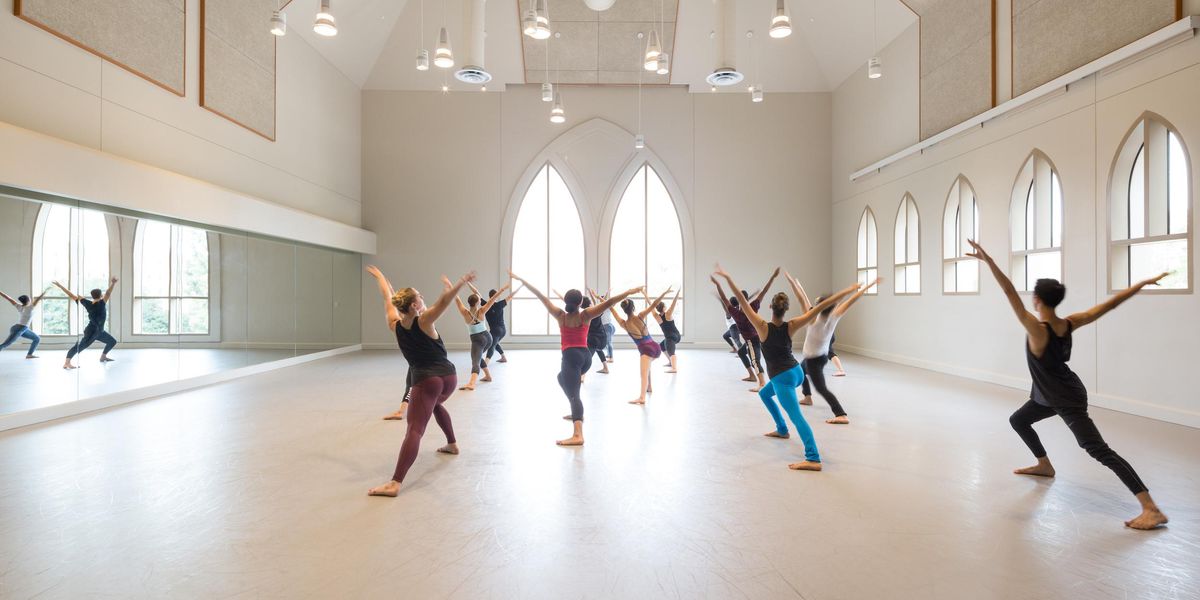Marcelo Gomes’ Choreographic Breakthrough
It’s well known that Marcelo Gomes fires up a stage no matter what role he’s dancing. Whether this American Ballet Theatre principal is Prince Siegfried, the evil Carabosse or a bold force in contemporary works, we cannot get enough of him. He’s also famous for being the favorite partner of a slew of international ballerinas.
Marcelo Gomes and Joaquin De Luz in Tristesse, photos Michael Khoury
What most people don’t know is that Gomes has also been busy choreographing. In the last few years he’s made a handful of short pieces including the rhythmically spectacular Paganini solo (2011) and Toccare (2012), a wistful and defiant duet for Misty Copeland and Alexandre Hammoudi, both commissioned by Youth America Grand Prix.
These works reveal Gomes’ supreme musicality, good humor, wit and inventiveness. But Tristesse, commissioned by Ardani Artists in 2014, is something more: a fully formed ballet that takes you on a journey of shared friendship. At the Ardani gala on August 19 and 20, the American premiere of Tristesse triggered great audience excitement. A ballet for four men and an onstage pianist playing Chopin, it’s gorgeously musical, beautifully crafted and brilliant in its mood shifts. The inventiveness flows naturally rather than, as in some contemporary ballet, punching the audience with aggressive or bizarre behavior. Marcelo’s use of the classical language within a contemporary setting is studded with delightful choreographic surprises.
Friedemann Vogel and Denis Matvienko
Scott Schlexer, Marcelo’s friend and manager, told me that when Sergei Danilian commissioned him to make a new work for Kings of the Dance two years ago, Schlexer was reading the French poet Paul Éluard and suggested that the line “adieu tristesse, bonjour tristesse” could be used for a title. “The seed…was the idea of four childhood friends coming together to reminisce after many years apart. Marcelo took that idea and ran with it,” says Schlexer.
Tristesse
is a ballet that makes you feel something because the four men reveal very real feelings of camaraderie, competition and tenderness. Of course, not every critic liked it, and it could be improved. I thought that if Gomes got rid of the blackouts so that we wouldn’t be confused by false endings, and if he tweaked the final ending, Tristesse could be taken into the repertory of a major company. The last scene, where Gomes was left alone, dejected, undermines the camaraderie and joy that have been accumulating. (It turns out the role of the loner at the end was originally made for Ivan Vasiliev, who incurred an injury after the first performance.)
Last year, when he received a Dance Magazine Award, Gomes spoke about why he likes to choreograph: “I love how music makes me feel, and being creative with dancers is incredibly fulfilling.”
Vogel, De Luz, Matvienko and Gomes
It shows. He gave each of the dancers a distinctive solo. Joaquin De Luz’s was juicy, grounded and joyful; Friedemann Vogel’s was expansive; and Denis Matvienko’s was stormy. In the duet sections, they relied on each other in such tender ways that we felt we were getting to know each of them, and the ballet kept revealing things about human interaction.




